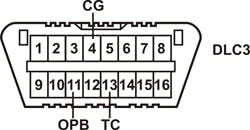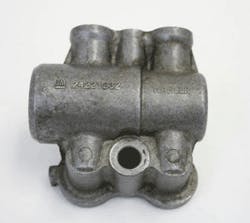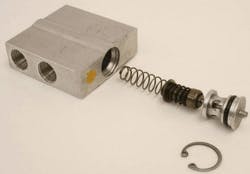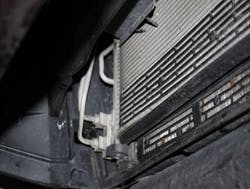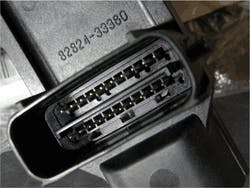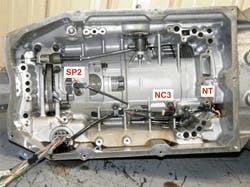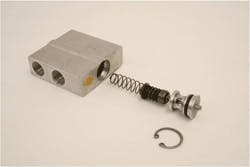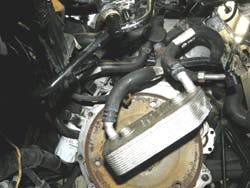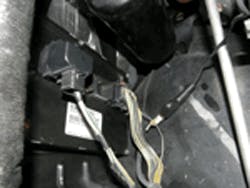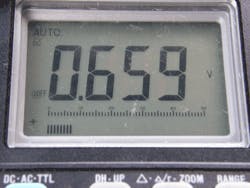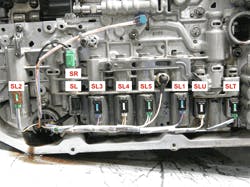Both GM and Ford use the same firing order of the solenoids. The extra solenoid (SS2), GM uses for a reverse engagement. Ford handles it differently eliminating the need for this additional solenoid. With having an external PCM, monitoring solenoid computer commands or solenoid resistance checks can be made at the pass through connector (Figure 5).
The near closeness of the valve bodies between the two transmissions make them similarMoving down, the next piece we come to is the Upper Valve Body (See Figures 9 and 10). For the most part this section is identical between the two manufacturers. If you look at figure 9 you’ll see the valve line ups out of their bores. They are both the same for
The last piece we are going to look at is the Lower Valve Body (See Figures 11 and 12). Here the only difference is the 4-5-6 accumulator used on the 6T70. All of the other valve line ups are the same for both units.
To sum up, over the years there have been some minor changes to the valves and springs on both the 6F50 and 6T70 but in the end you’ll find they are both similar but different.
